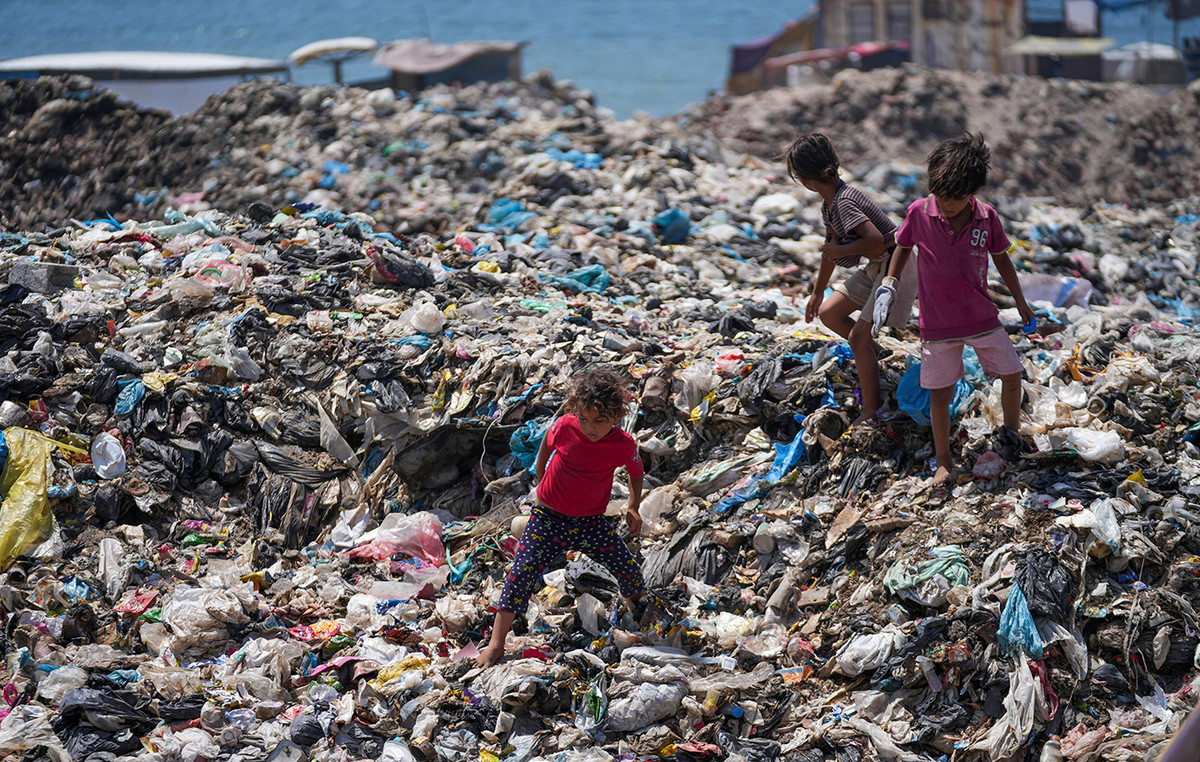Five years after the collapse of the dam in Brumadinho, the tragedy that left 270 people dead and dumped millions of cubic meters of mining waste into the Paraopeba River basin, on January 25, 2019, has not been identified responsible until today.
Both the company responsible for the mine, Vale SA, and the German subsidiary, TÜV SÜD, which certified the safety of the structure, were not convicted, despite investigations showing that the risk of the dam breaking was known to senior management.
The companies and 16 other people were denounced by the Public Ministry of Minas Gerais.
Currently, the defendants are within the deadline for submitting their defenses and TÜV SÜD is being sued in Germany, where the company's headquarters are located. In 2021, an agreement to repair damages caused by the catastrophe was signed between the Public Ministry, the Public Defender's Office, the government of Minas Gerais and Vale.
The action foresees the payment of R$37.68 billion in 160 projects in the Paraopeba Basin, ranging from income transfer programs to environmental monitoring and security and reconstruction works.
The compensation
The reparation agreement provides for individual compensation payments, but the matter has not yet been initiated in court. Many families of victims and those affected reached extrajudicial agreements with Vale, bypassing the wait for details of the agreement reached by the courts. According to the mining company, more than 15,400 people signed compensation agreements in this way, resulting in a total value of R$3.5 billion.
In the criminal sphere, in the action under the Federal Public Ministry (MPF), those accused are responsible for qualified homicides, crimes against fauna, flora and pollution crimes.
A study by the Advisory Center for Communities Affected by Dams (Nacab), which analyzed 319 cases judged at the Court of Justice of the State of Minas Gerais (TJMG), concluded that 75% of the decisions were unfavorable to those affected.
In a note to CNN the TJMG argued that judges and judges have the autonomy to arbitrate the amounts of compensation according to the particularities of each legal action and the fulfillment of legal requirements.
Vale told CNN which remains committed to repairing Brumadinho, prioritizing people, impacted communities and the environment. The company also reinforced that, since the beginning of the investigations, it has always collaborated with the authorities and will continue to do so.
“Since 2019, more than 15,400 people have reached civil and labor compensation agreements. In the actions within the Judicial Comprehensive Reparation Agreement (AJRI), Vale has executed, to date, 68% of the R$37.7 billion foreseen.”, states the mining company.

Post-disaster population health
Maria de Lourdes Cardoso was 52 years old on the day of the breakup, when she lost her brother-in-law Eudes José de Souza Cardoso, aged 43, and saw her son, aged 14, lose part of his hearing due to post-traumatic stress.
A Vale employee, Maria's brother-in-law died on his last day of work at the company. The trip to the mining company was to say goodbye to his colleagues. The family told CNN that Eudes had recently resigned to dedicate himself to teaching football to the Brumadinho community.
Eudes left two daughters: one aged 7 and the other aged 2 at the time of the tragedy.
“My husband, who is Eudes' brother, worked there, it was something that really disturbed his mind, he was psychologically shaken by it to this day. So, this still comes to mind today, it will come for the rest of our lives. We will never be able to get up one day in the morning and finish it without thinking about it. And the lack of my brother-in-law devastated the whole family”, he adds.
A study carried out by the Brazilian Public Health Association (ABRASCO) with the population of Brumadinho highlights some of the post-disaster problems in the city. In addition to data on the physical and mental health of residents, the publication also addresses access and quality of health services after the tragedy, food insecurity and factors associated with paid work.
“It draws attention to the important burden of cardiovascular risk factors, the report of respiratory diseases, which may be related to environmental dust, and the high prevalence of depression”, he states.
According to ABRASCO, soon after the dam collapsed, psychiatric disorders became more frequent.
“These results are consistent with the high impact on the mental health of populations that have experienced natural or technological disasters”, he points out.
*Under the supervision of Phillip Dantom
Source: CNN Brasil
I’m James Harper, a highly experienced and accomplished news writer for World Stock Market. I have been writing in the Politics section of the website for over five years, providing readers with up-to-date and insightful information about current events in politics. My work is widely read and respected by many industry professionals as well as laymen.







